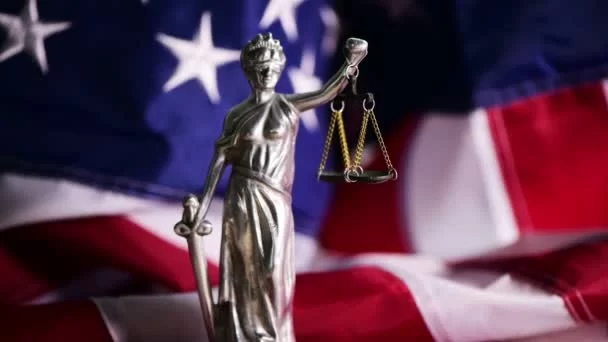
The U.S. Criminal Justice System: How It Works and What You Should Know
- overview-of-the-u-s-criminal-justice-system
- the-arrest-and-booking-process
- charging-decisions-and-the-role-of-the-da
- court-proceedings-and-trial-phases
- sentencing-guidelines-and-punishment
- real-life-case-insight
- legal-support-when-facing-criminal-charges
1. Overview of the U.S. Criminal Justice System
The U.S. criminal justice system is a structured network of laws, agencies, and institutions aimed at enforcing criminal law and delivering justice. It operates under the Constitution and is primarily divided into three components: law enforcement, the court system, and corrections.
Understanding how the system functions is essential for anyone facing legal charges or simply interested in civic knowledge. It helps protect rights, prepares you for procedures, and empowers informed decision-making.
2. The Arrest and Booking Process
2.1 What Happens During an Arrest?
An arrest typically begins with law enforcement officers having probable cause. Whether it's a warrant-based or warrantless arrest, individuals are taken into custody and informed of their rights—commonly known as the Miranda warning.
2.2 The Booking Phase
After arrest, the booking process involves collecting personal information, fingerprints, photographs, and conducting background checks. This step formally enters the suspect into the criminal justice system.
3. Charging Decisions and the Role of the DA
3.1 Prosecutorial Discretion
After arrest, the District Attorney (DA) reviews the evidence to decide whether to file charges, what type of charges to bring, or to dismiss the case altogether. Prosecutors play a pivotal role in shaping how cases proceed.
3.2 Grand Jury vs. Preliminary Hearing
In felony cases, charges may go through a grand jury or preliminary hearing where a judge determines if there’s enough evidence for trial. The decision affects the speed and public exposure of the case.
4. Court Proceedings and Trial Phases
4.1 Arraignment and Plea Bargains
At the arraignment, the defendant hears the formal charges and enters a plea—guilty, not guilty, or no contest. Often, plea bargains are introduced at this stage, offering reduced sentencing in exchange for a guilty plea.
4.2 The Trial
If a plea bargain isn't accepted, the case proceeds to trial. This involves jury selection, witness testimonies, cross-examinations, and final verdicts. The burden of proof lies on the prosecution to prove guilt beyond a reasonable doubt.
5. Sentencing Guidelines and Punishment
If convicted, the sentencing phase determines the penalty—ranging from fines and probation to imprisonment. Judges consider factors like the severity of the crime, criminal history, and victim impact statements. State and federal sentencing guidelines influence the length and type of punishment.
6. Real-Life Case Insight
Consider the widely publicized case of Kalief Browder, a 16-year-old accused of stealing a backpack. He spent three years on Rikers Island—mostly in solitary confinement—without being convicted. Eventually released, his case highlighted flaws in pre-trial detention and systemic delays, sparking national reform discussions.
Stories like Browder’s exemplify why understanding the U.S. criminal justice system is not only important but urgent, particularly when liberty and life are at stake.
7. Legal Support When Facing Criminal Charges
Facing criminal charges is overwhelming. From understanding legal jargon to defending constitutional rights, professional legal help is indispensable. At ESPLawyers, we provide experienced criminal defense representation to guide clients through each phase—from arrest to appeals.
If you're navigating the U.S. criminal justice system, don't face it alone. Contact ESPLawyers today for strategic defense, clear counsel, and committed representation tailored to your case.








